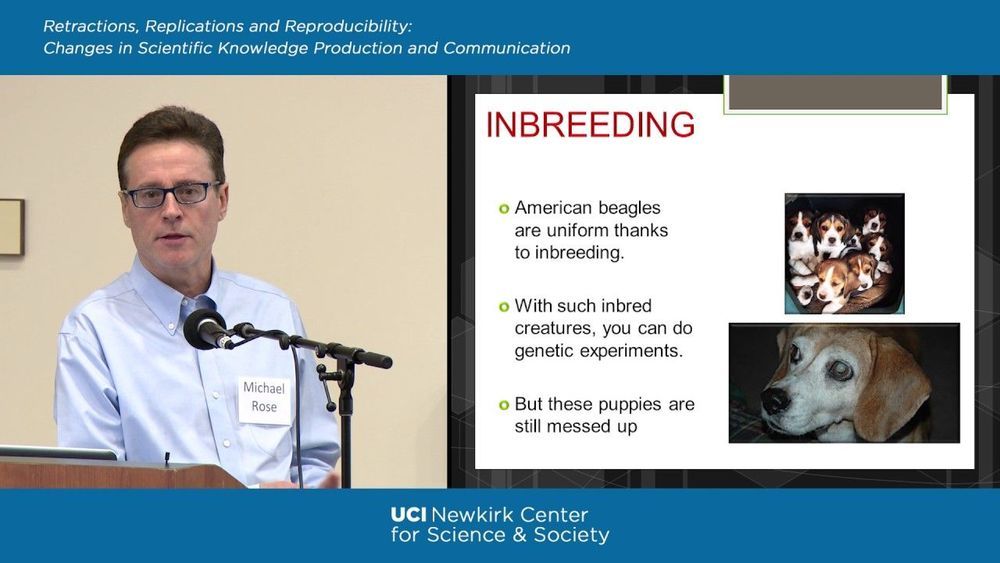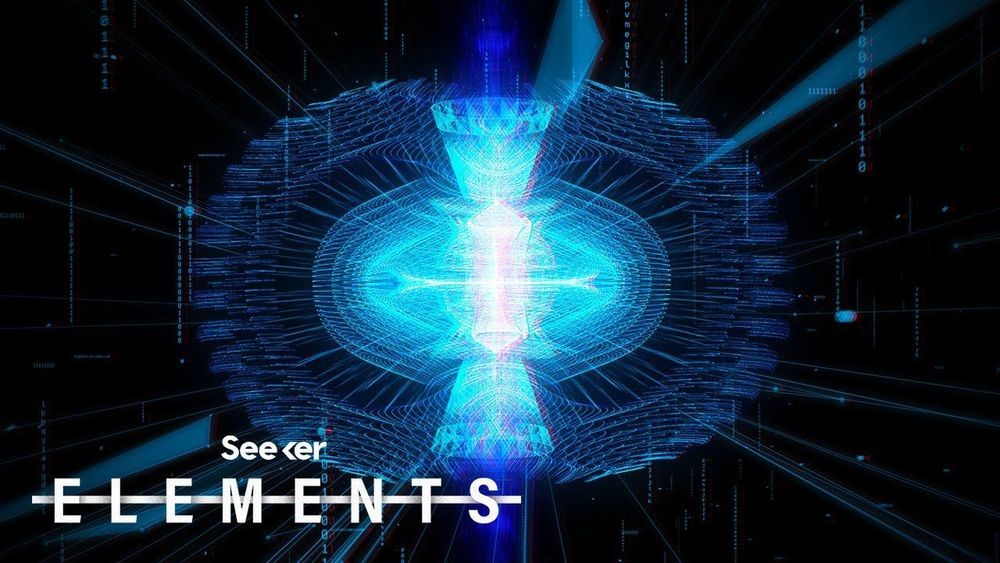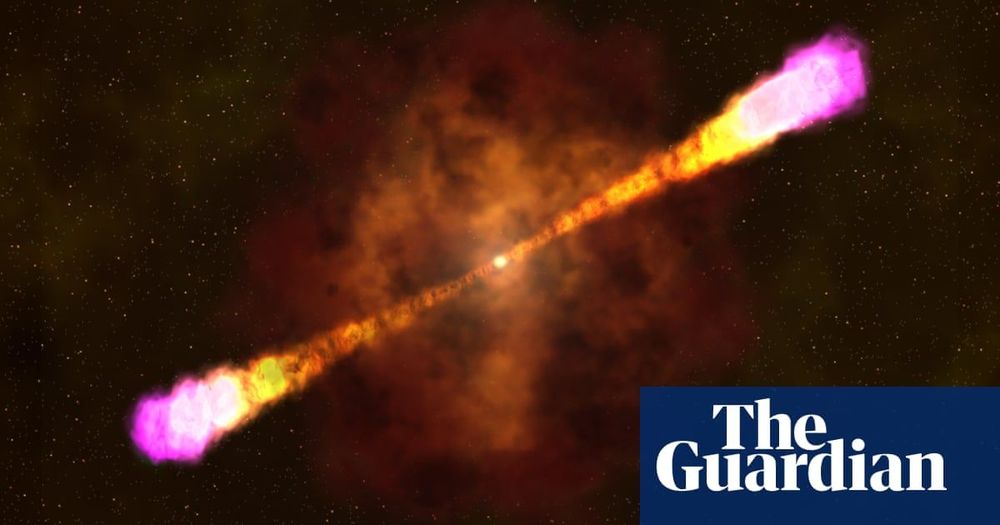Law enforcement and technologists have been arguing over encryption controls for more than two decades. On one side are privacy advocates and tech bosses like Apple’s chief executive, Timothy D. Cook, who believe people should be able to have online communications free of snooping. On the other side are law enforcement and some lawmakers, who believe tough encryption makes it impossible to track child predators, terrorists and other criminals.
After years of on-and-off debate over nearly snoop-proof security, the industry is girding for new pressure from law enforcement around the world.









